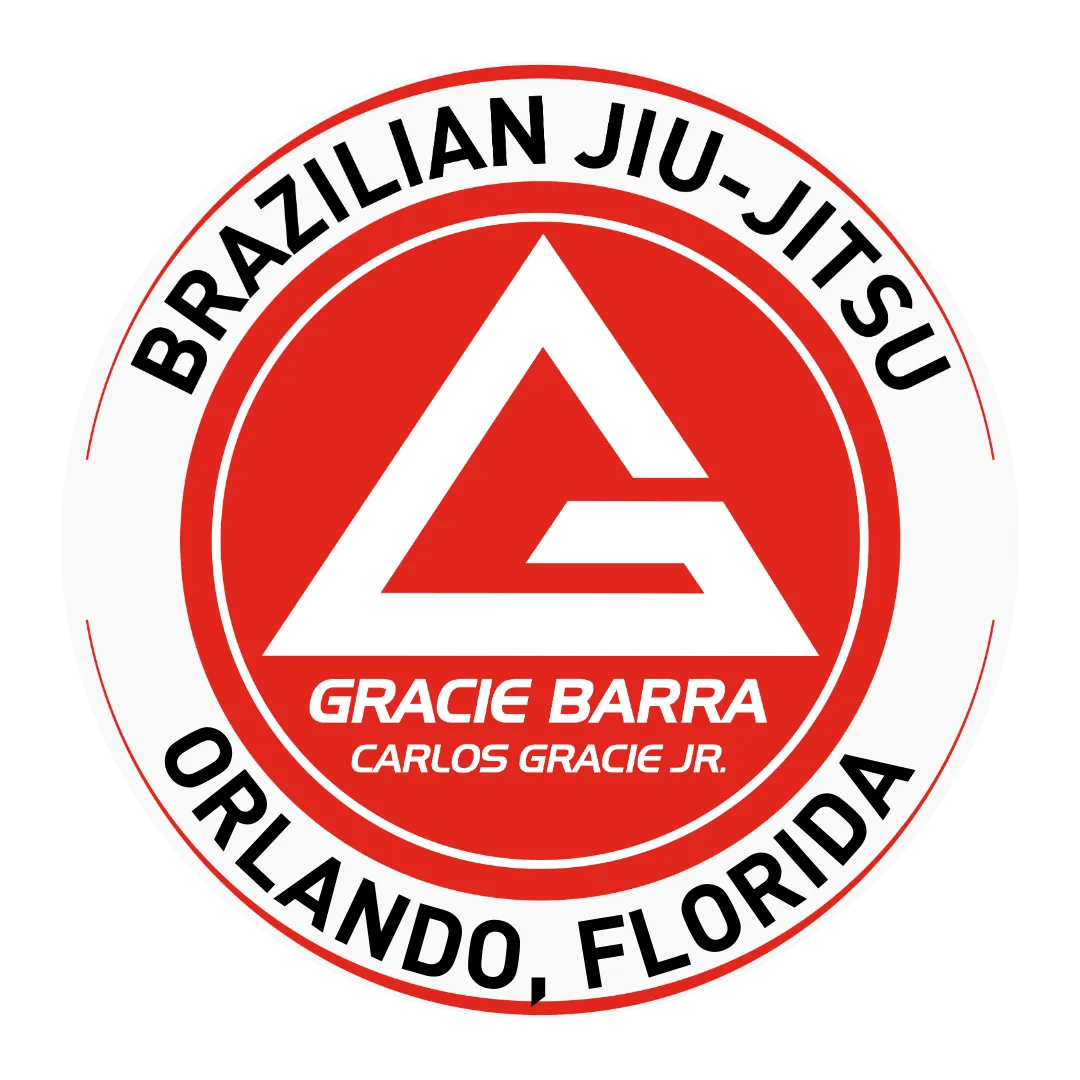
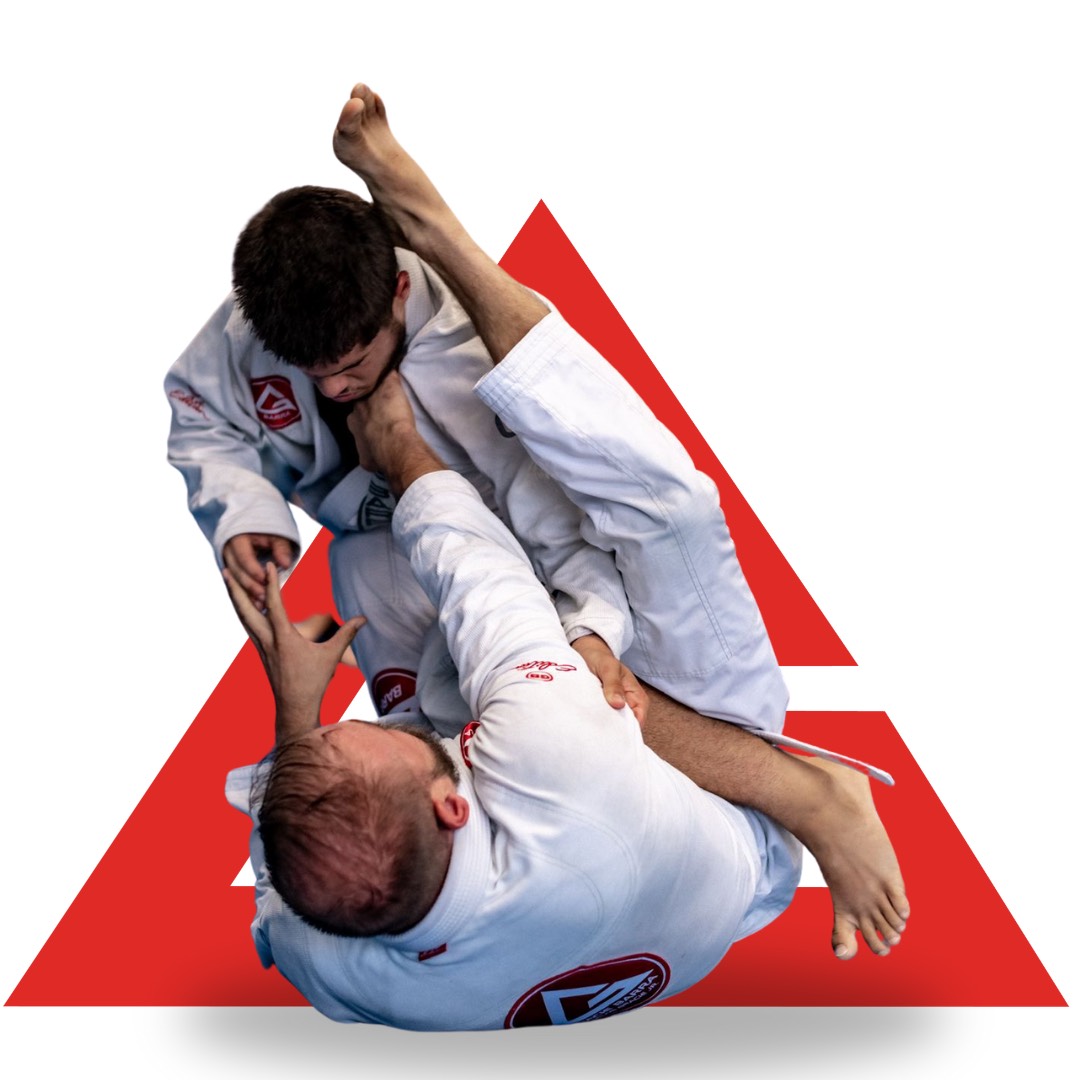
REGISTER HERE
Claim My FREE Month
&
FREE Uniform
I Consent to Receive SMS Notifications, Alerts & Occasional Marketing Communication from company. Message frequency varies. Message & data rates may apply. Text HELP to (321) 461-5167 for assistance. You can reply STOP to unsubscribe at any time.
JIU JITSU IS FOR EVERYONE, INCLUDING YOU!
We offer a wide range of adult Jiu-Jitsu classes so students can choose the class that best suits their needs. We have three tiers of classes that address varying degrees of skill and knowledge.
Jiu-Jitsu classes for children begin with the building blocks that are needed to teach the fundamentals of Jiu-Jitsu. We have developed a curriculum that is structured in a way that shows children and teens the value of routine, cooperation and self-awareness.
1,000
Schools around the world
+6
Continents
+500,000
Students Worldwide
+35
Years of History
OUR JIU JITSU PROGRAMS

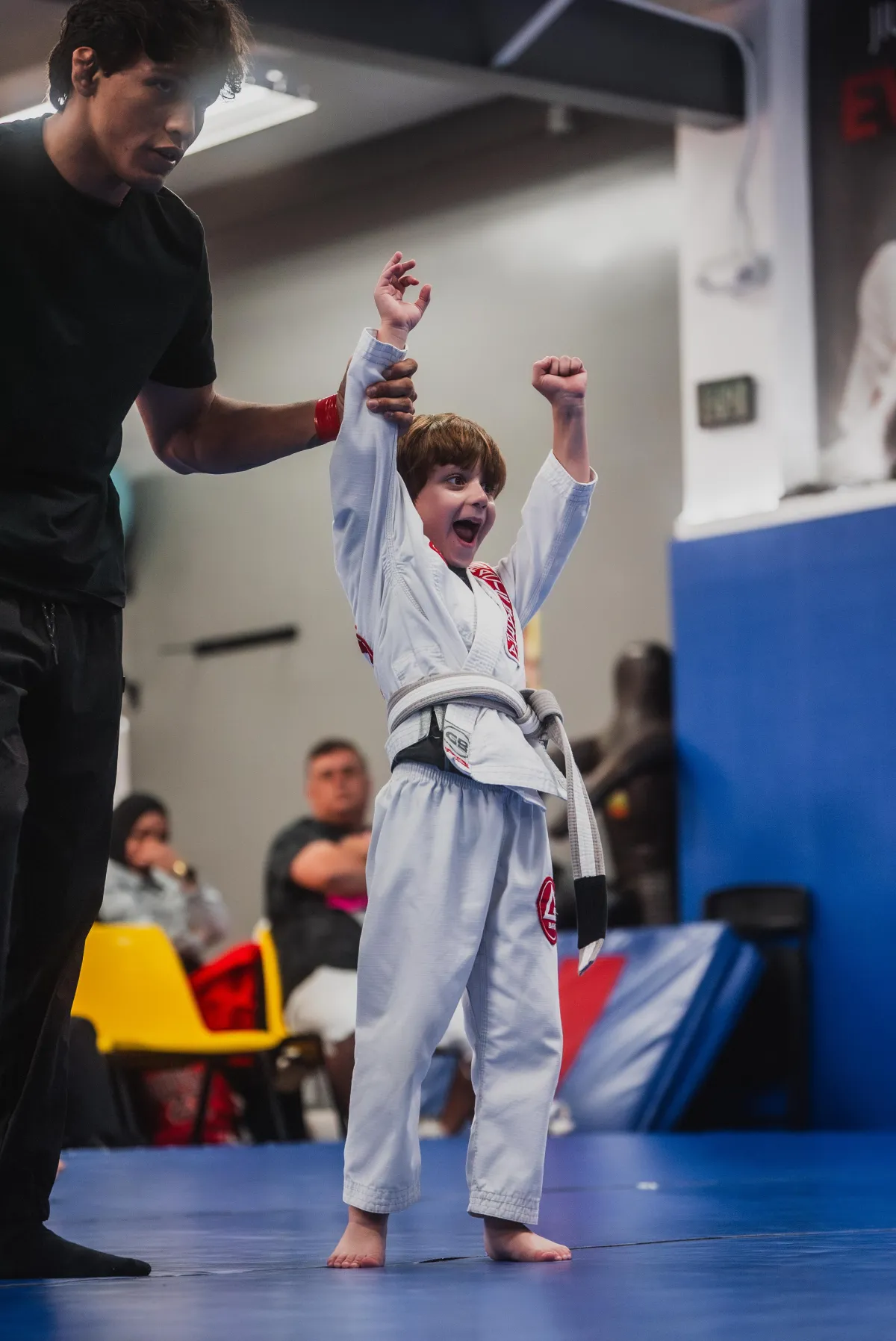
KIDS
AGE 3 AND UP
Where Discipline Meets Fun
Brazilian Jiu-Jitsu is excellent for kids as young as 3, helping them develop confidence, discipline, and social skills in a structured, supportive environment. Through playful yet focused activities, kids quickly gain coordination, strength, and balance, all while learning valuable lessons about teamwork and respect that benefit them on and off the mats.


ALL LEVELS
Our Brazilian Jiu-Jitsu classes for beginners and adults of all levels provide a welcoming, friendly atmosphere where everyone can learn at their own pace. Whether you’re new to martial arts or returning to the mats, you’ll build practical self-defense skills, increase your fitness and flexibility, and experience noticeable improvements in confidence and stress management. Our skilled instructors ensure every session is safe, engaging, and tailored to help each student achieve their personal goals.

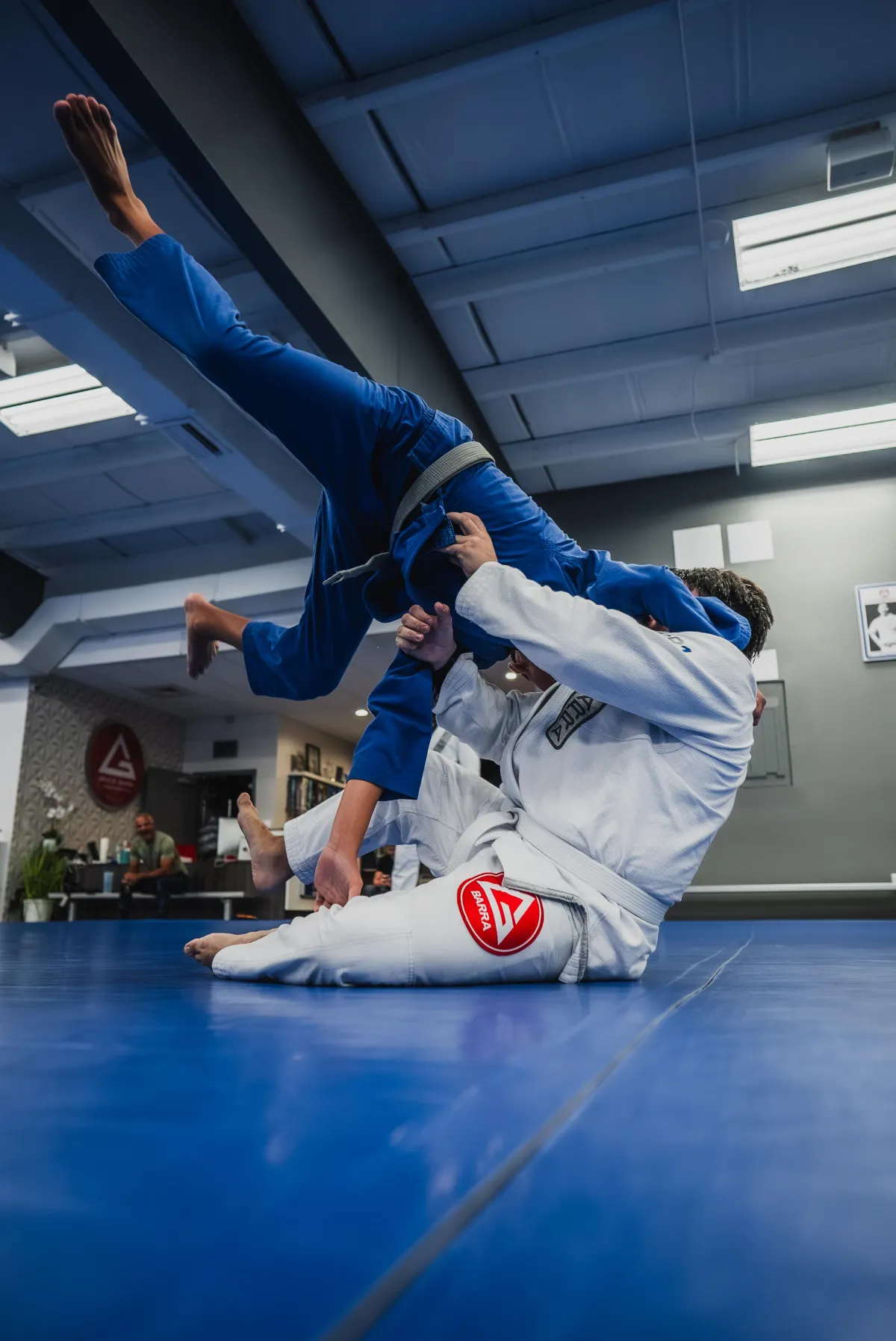
ADVANCED
Our advanced Brazilian Jiu-Jitsu classes are tailored specifically for experienced practitioners looking to elevate their technique, strategy, and performance to the highest level. Under expert coaching, students refine intricate submissions, sweeps, and positional control, with a strong emphasis on competition readiness and tactical sparring. Each session is intense and challenging, designed to sharpen skills, build endurance, and deepen your understanding of advanced BJJ principles in a competitive yet supportive environment.

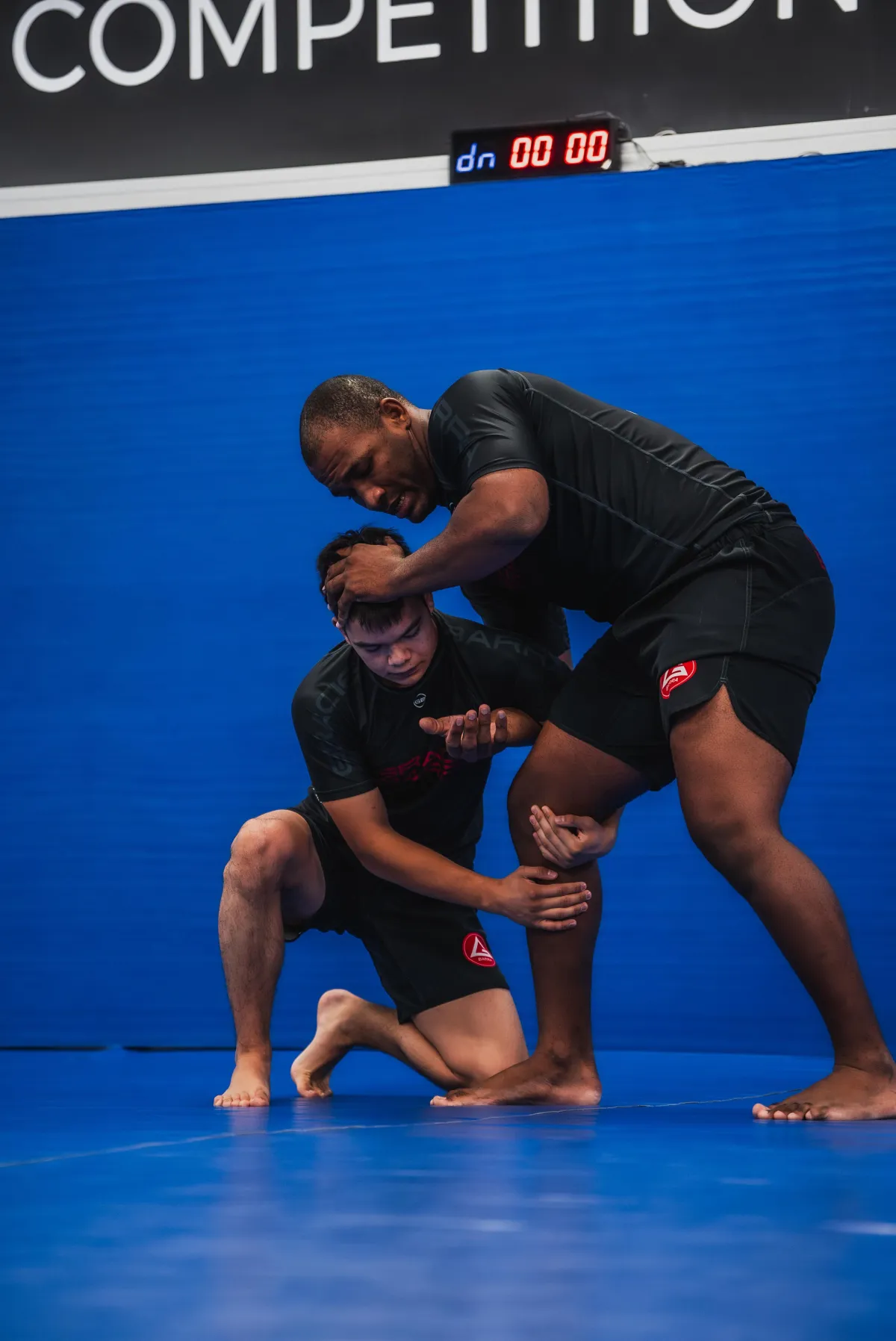
NO GI
Our No-Gi Brazilian Jiu-Jitsu classes provide students the opportunity to train without the traditional gi, enhancing their adaptability, speed, and technical versatility. This style emphasizes grips, submissions, and transitions that rely on natural body mechanics rather than clothing, making it especially valuable for realistic self-defense scenarios and mixed martial arts competition. Practicing No-Gi regularly sharpens reflexes, boosts athleticism, and broadens your overall understanding of BJJ techniques, preparing you for diverse grappling situations.
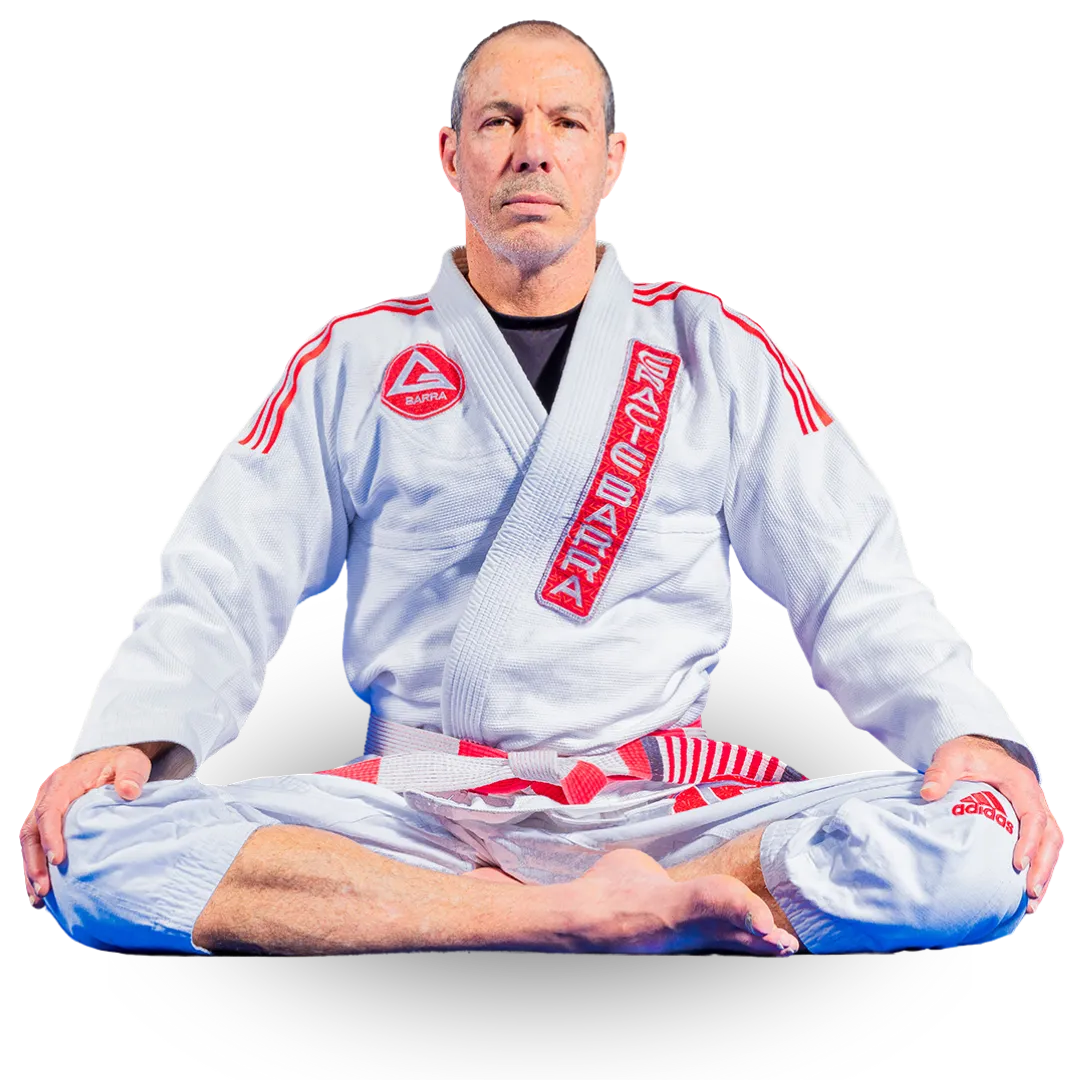
ABOUT
CARLOS GRACIE JR
Carlos Gracie Jr. was born on January 17, 1956 and grew up under the strong influence of his family of fighters. In sync with the life philosophy and teachings of his father, Carlos Gracie Sr., Carlinhos- as he is called by friends and relatives- observed and learned from some of the most influential figures in the Gracie family of all time: Carlos Gracie, Helio Gracie, and his brother Rolls Gracie. The most significant years of his childhood and adolescence were spent in the mountains of Rio de Janeiro, in the legendary house of Teresopolis - a ranch with dozens of rooms where the children of Carlos Gracie and Helio Gracie lived and trained together for years. It was there that Carlos Gracie Jr. learned to live in a community where everyone needed to coexist, share things, and learn from each other, a life dynamic that became an ideal for him. In many ways, Master Carlos Gracie Jr. seems to replicate this idea of community on a large scale today at Gracie Barra. That environment and the philosophy that came from it shaped his personality and, for many, was one of the ingredients that led him to achieve such great success in different professional fields.
Carlos Gracie Jr. was born on January 17, 1956 and grew up under the strong influence of his family of fighters. In sync with the life philosophy and teachings of his father, Carlos Gracie Sr., Carlinhos- as he is called by friends and relatives- observed and learned from some of the most influential figures in the Gracie family of all time: Carlos Gracie, Helio Gracie, and his brother Rolls Gracie. The most significant years of his childhood and adolescence were spent in the mountains of Rio de Janeiro, in the legendary house of Teresopolis - a ranch with dozens of rooms where the children of Carlos Gracie and Helio Gracie lived and trained together for years. It was there that Carlos Gracie Jr. learned to live in a community where everyone needed to coexist, share things, and learn from each other, a life dynamic that became an ideal for him. In many ways, Master Carlos Gracie Jr. seems to replicate this idea of community on a large scale today at Gracie Barra. That environment and the philosophy that came from it shaped his personality and, for many, was one of the ingredients that led him to achieve such great success in different professional fields.
SCHEDULE
INSTRUCTOR
PROFESSOR SALENCO
"STEEL"
COUTINHO
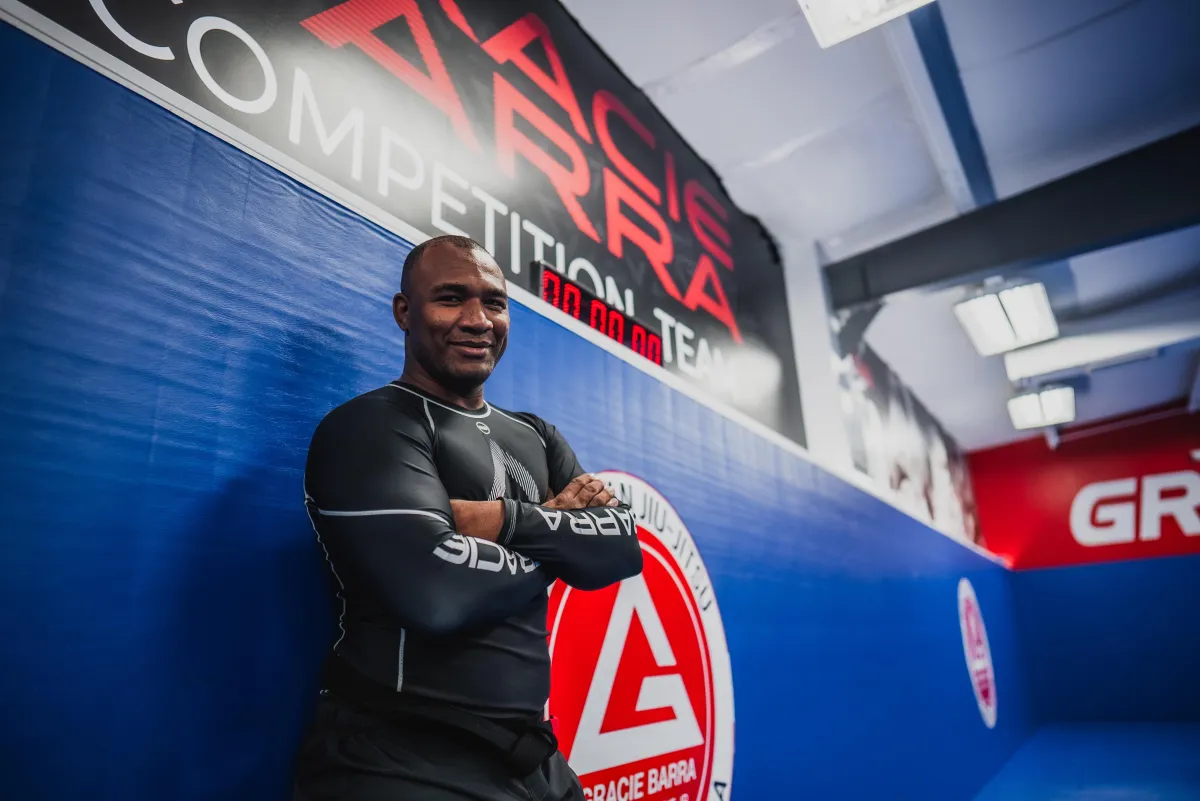
Professor Salenco “Steel” Coutinho, a distinguished Brazilian Jiu-Jitsu black belt from Manaus, Amazonas, Brazil, brings a wealth of experience and passion to Gracie Barra Orlando as our esteemed Head Instructor. Promoted to Black Belt by Professor Melqui Galvão and with a robust background in both competitive BJJ and professional mixed martial arts, where he holds a commendable 2-1 record , Professor Salenco embodies the dedication and skill that Gracie Barra stands for.
His competitive achievements are noteworthy; in July 2022, Professor Salenco showcased exceptional prowess by securing gold in both the ultra-heavyweight and open class divisions at the Orlando Summer International Open . Such accomplishments reflect his deep technical knowledge and strategic acumen on the mat.
Beyond his personal accolades, Professor Salenco is deeply committed to nurturing the growth of his students. Under his guidance, athletes like João Paulo Silva have flourished, exemplifying the high standards and supportive environment he cultivates at Gracie Barra Orlando .
Known for his approachable demeanor and genuine dedication to each student’s journey, Professor Salenco fosters a welcoming and motivating atmosphere. Whether you’re stepping onto the mat for the first time or aiming to refine advanced techniques, his personalized instruction ensures that every student feels supported and empowered. At Gracie Barra Orlando, Professor Salenco Coutinho is not just teaching Brazilian Jiu-Jitsu; he’s mentoring individuals to reach their fullest potential, both on and off the mat.



Facebook
Instagram